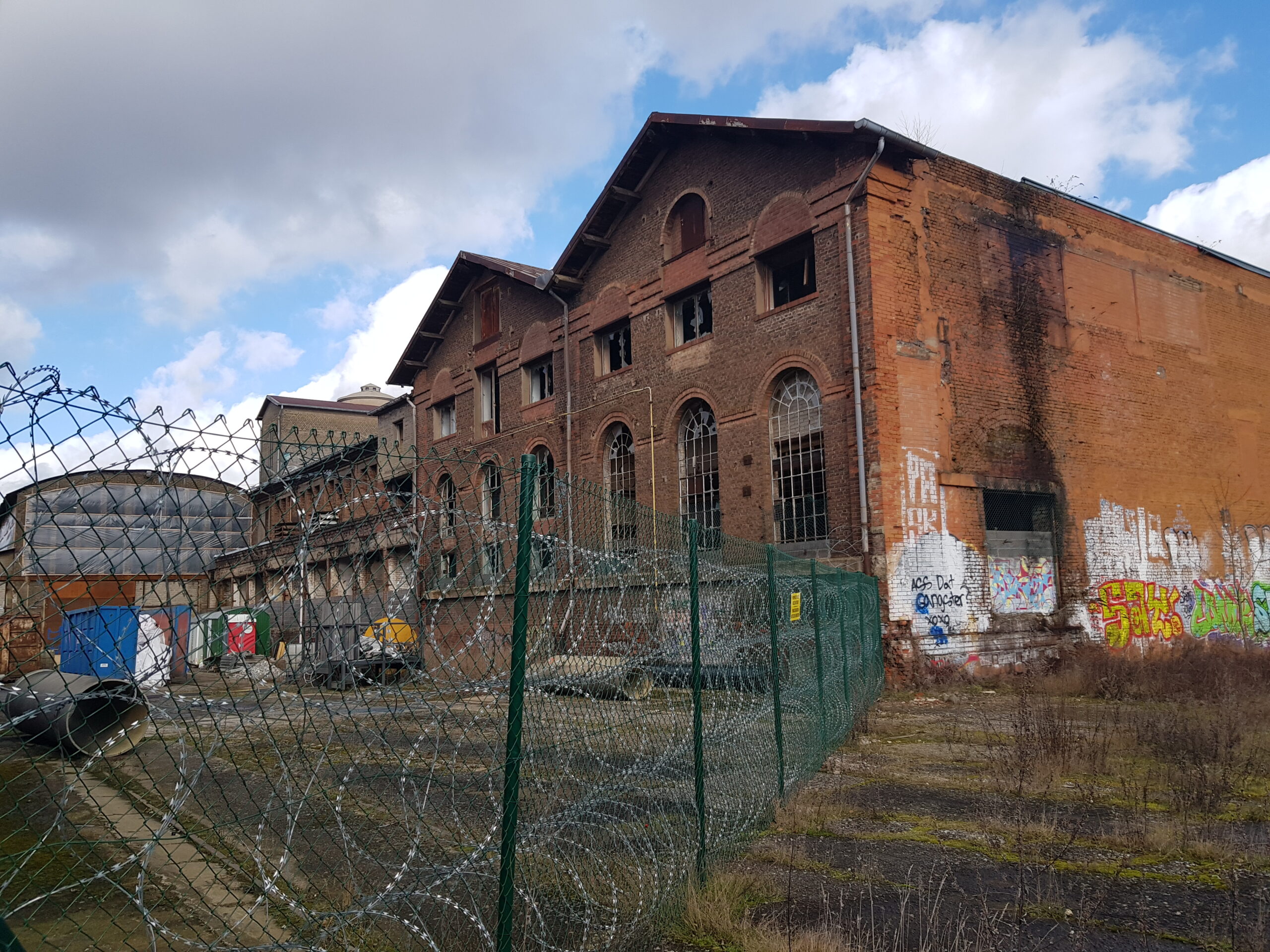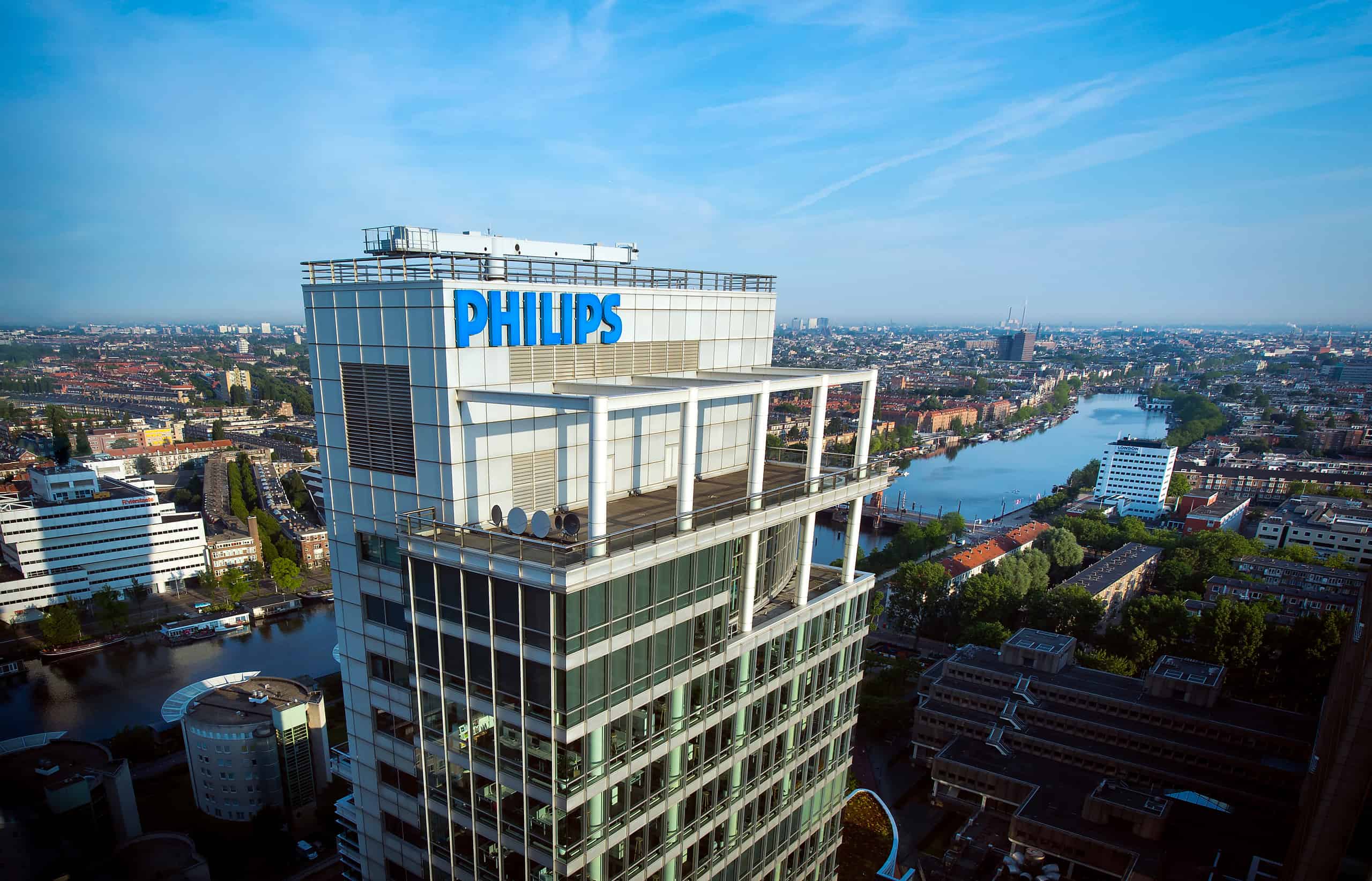
Back in 2005, ArcelorMittal’s rolling mill in Dudelange pushed the last sections of steel through its rollers. Since then, the 600-meter long rolling mill has been at rest like a silent giant. To the sides are the route de Thionville and the route de Volmerange, which converge at the end of the brownfield into a single road towards France. Today, fencing surrounds the area, with signposts reminding us that the redevelopment has just begun.
The industry’s crisis of the early 2000s led to the giant multinational shutting down the plant, located just meters away from the southern border of the country. Ever since then, the decommissioned plant has kept the legacy of the industrial past alive. The government is investing half a billion euros in the remediation of this brownfield. A sum of 24 million euros from the SRF is being used for the development of the energy concept. Where once upon a time tonnes of greenhouse gases were released by burning coal, a zero CO2 district is now being built.
Reusing land
The area can be reached on foot in about 15 minutes from the town hall. The 36-hectare industrial park is not separate from a residential area. It actually lies between the two residential neighborhoods of Italie and Schmeltz. The old steel factory will accommodate housing and commercial buildings, as well as cultural venues.
“The project stemmed from a competition that we won in 2009,” says Sala Makumbundu, managing partner of CBA architects, the team who designed the project. “The aim of the city and of the Ministry of Housing was to create a mixed-use area using the former industrial site.”
NeiSchmeltz is not the first project Luxembourg is carrying out to repurpose an industrial site. In the Belvaux area – where there used to be a steel mill as well – the obsolete industrial buildings form part of the university campus. As the level of industrial production has declined, reuse of these sites has become a necessity, given the growing demand for housing.
A new space for local citizens
Giving wasteland a second life has always been a priority for the municipality. The city hospital and several recreational areas are located in the vicinity of the brownfield. Having 36 hectares of this kind of ‘black spot’ within city limits also takes an area away from citizens that they could otherwise benefit from.
Which is why the municipality partially opened the area to the public. A small skatepark and an outdoor basketball court are the main signs of these efforts. However, small elements, such as a track where coal used to be transported, show how the transition is far from completed. Despite the fact that only a small part of the area is accessible by the public, some Dudelangers do go there to walk their dog or stroll around.
The silence in theses areas – besides the traffic to and from France – is now being broken by the reconstruction happening in some of the warehouses. Since Esch-sur-Alzette was named European Capital of Culture for 2022 – together with Kaunas and Novi Sad – cultural events will take place in other Luxembourg towns too. In Dudelange, exhibitions are set to take place at some of the industrial facilities.

“It’s very important for both the municipality and for the Ministry of Housing to bring life there while it’s under development. This way, people get to experience the new spaces that will be revamped over the years,” Makumbundu adds.
In addition to the outdoor sports facilities, a smaller building next to the rolling mill is home to the Dudelange Innovation Hub. In some of the spaces of the giant warehouse, artists have been given a space to showcase their work. What’s more, is that the most iconic buildings of industrial archaeology – a water tower and a pumping station – became part of the museum.
Also interesting: Carbon neutral by 2050 – Luxembourg seeks a model for the Grande Région
Exploiting the energy potential of the site
One of the two energy strategies being explored – and the one Makumbundu is hoping for – involves exploiting the geothermal potential of the soil. In addition to drilling, photovoltaic elements on the rolling mill’s roof will supply the other supply of energy.

“We plan to go deep, as far down as 2 kilometers. After the first test drilling – we reached a depth of 30 meters – the result we got was better than what the geologists had forecast. We believe that there definitely is potential here to achieve that,” Makumbundu explains.
If the geothermal concept does not work out, solar panels will act as backup. One way or another, the idea is to build housing that have a low energy demand. Luxembourg is a frontrunner in the EU. Since 2017, new residential buildings must comply with the A class energy standards. In addition to excellent building shells, the future NeiSchmeltz buildings will be compact and will take advantage of solar energy as much as possible.
The giant will wake up
Reusing as much of the buildings’ materials as possible is another aspect that the project is insisting on. In this regard, the long rolling mill’s steel structure is here to stay. Its roof will be given new cladding, which will enable the installation of the solar cells.
The giant building’s walls will be deconstructed, but its bricks will color the façades of the new residential buildings.
“Apart from that, we’ll bring water back into the area. A river was channelled to use its water to cool down the machines. It is now flowing through a pipe underground and some of that will be brought to the surface,” Makumbundu notes.
In addition to its aesthetic function, water also fulfils another relevant task. It will serve to keep the environment fresher and cooler during the summer months. This way, less energy will be used to cool the residential homes.

The legacy is here to stay, just in another way
The project is expected to be completed in 2035. By that time, the hectares should be an open area, providing accommodation to low-income families as well as being a cultural hotspot within the city.
Green will take over the grey, and local citizens will have new spaces to enjoy. As a landmark from the past, the water tower will keep reminding that, in a space where electric cars and solar panels will be predominant, there used to be a noisy and smoggy steel-making industry.
Support us!
Innovation Origins is an independent news platform that has an unconventional revenue model. We are sponsored by companies that support our mission: to spread the story of innovation. Read more.
At Innovation Origins, you can always read our articles for free. We want to keep it that way. Have you enjoyed our articles so much that you want support our mission? Then use the button below:



